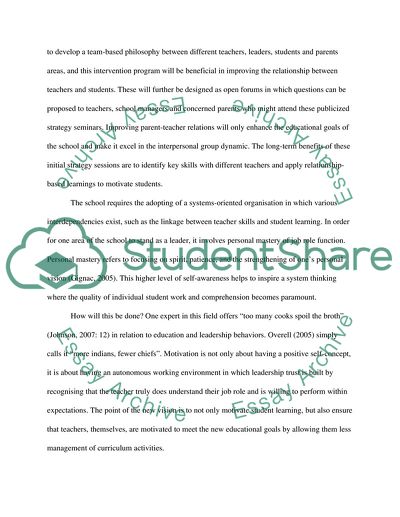Cite this document
(“Situational analysis and action plan Essay Example | Topics and Well Written Essays - 2500 words”, n.d.)
Situational analysis and action plan Essay Example | Topics and Well Written Essays - 2500 words. Retrieved from https://studentshare.org/miscellaneous/1552958-situational-analysis-and-action-plan
Situational analysis and action plan Essay Example | Topics and Well Written Essays - 2500 words. Retrieved from https://studentshare.org/miscellaneous/1552958-situational-analysis-and-action-plan
(Situational Analysis and Action Plan Essay Example | Topics and Well Written Essays - 2500 Words)
Situational Analysis and Action Plan Essay Example | Topics and Well Written Essays - 2500 Words. https://studentshare.org/miscellaneous/1552958-situational-analysis-and-action-plan.
Situational Analysis and Action Plan Essay Example | Topics and Well Written Essays - 2500 Words. https://studentshare.org/miscellaneous/1552958-situational-analysis-and-action-plan.
“Situational Analysis and Action Plan Essay Example | Topics and Well Written Essays - 2500 Words”, n.d. https://studentshare.org/miscellaneous/1552958-situational-analysis-and-action-plan.


